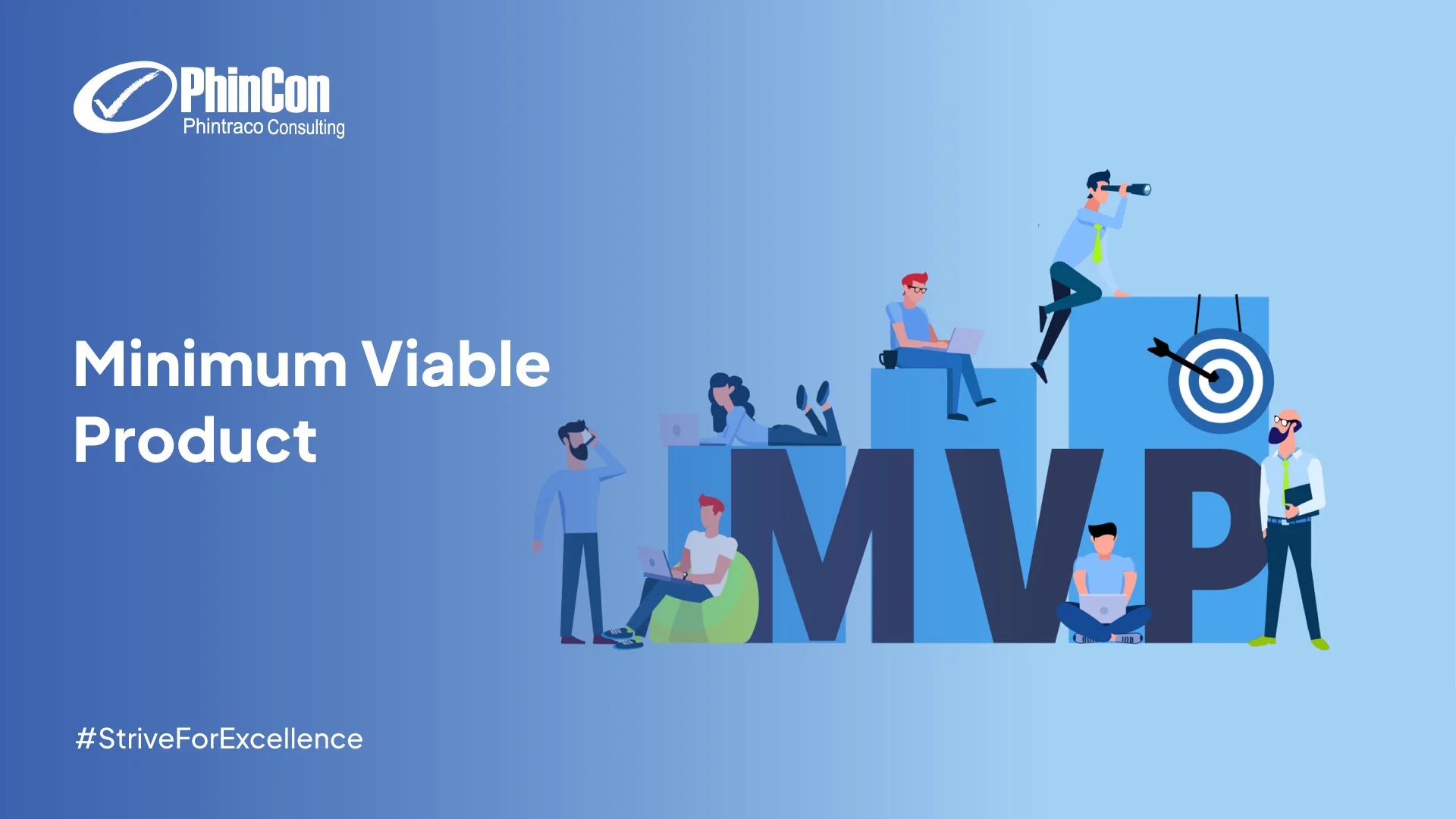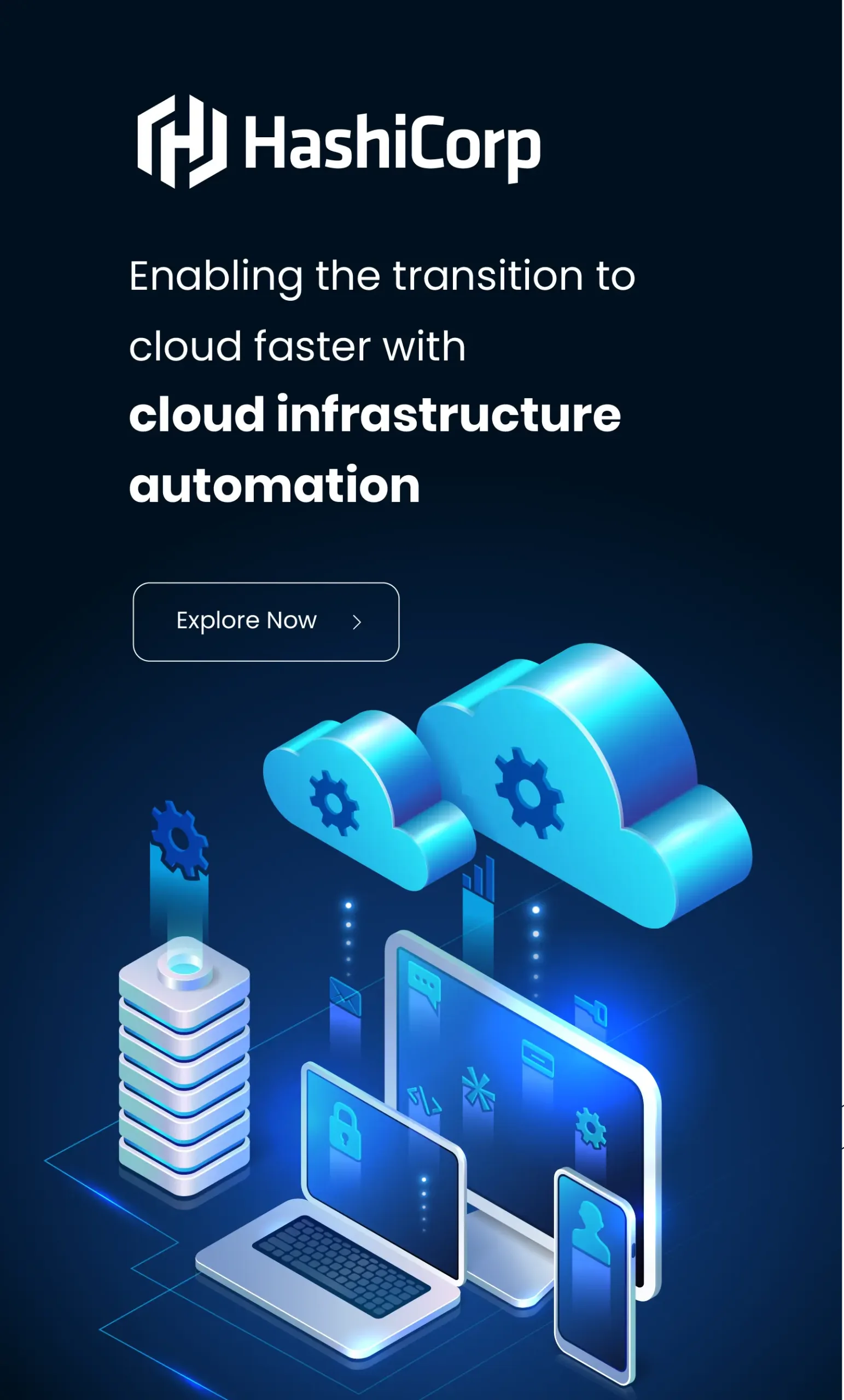Blog and News

Minimum Viable Product: Launch Your Product With Minimal Risk
Developing a new product is never an easy process. Will the target users adopt it? Does it truly solve the customer’s pain points? Is the market ready for it? These uncertainties can lead to significant resource waste if a full-scale product is built without careful preparation. This is why building a minimum viable product becomes an essential part in product development. This article will explore the concept of minimum viable product, its differences with a prototype, and how to build one for your future product.
What is a Minimum Viable Product (MVP)?
Minimum viable product (MVP) refers to the basic version of a product with enough core features for early adopters to interact with and solve a key problem. It is designed to validate a product idea early, which is crucial to avoid unnecessary features and reduce the risk of failure due to incorrect assumptions about customer needs. In the process, the development team observes how real users use the MVP, collects feedback, and improves the product before launch.
What are the Three Elements of Minimum Viable Product?
There are three characteristics that define minimum viable product:
- Sufficient Features to Deliver Value: the MVP should include only the essential features needed to deliver value and solve a problem for early users. It must work well enough for people to use it in its early version without adding extra or complicated features.
- Usability and User Experience: The term “viable” in MVP means that the product must be a usable solution that satisfies early customers. The user experience should be simple, intuitive, and focused on helping users achieve their goals effectively. This includes understanding the target users and ensuring the interface is easy to navigate.
- Feedback Mechanism for Future Development: The MVP should enable the collection of user feedback and validated learning to guide future improvements and iterations. This feedback loop is essential to refine the product based on real user needs.
Differences Between MVP vs Prototype
Both minimum viable product and prototype can be considered an early version of a product to validate ideas and concepts. However, prototypes are primarily used to explore ideas, test design, and user experience early in development. It helps visualize the product and gather initial feedback to refine the concept.
Prototypes are often lightweight and can be quickly discarded or changed. They also have limited or no full functionality. It may simulate user interactions but often lacks business logic and complete features. Prototypes are mainly targeted for internal teams or early testers.
On the other hand, MVP is a functional product with the essential features needed to solve a user problem and validate product-market fit. It is intended to be launched to real users to assess market reception and collect feedback for further development. MVP is usually released to target market and early adopters to validate the product’s value proposition.
Why is Minimum Viable Product Important?
Developing a minimum viable product offers several key benefits, making it a crucial part in product development process:
- Faster Time-to-Market: An MVP allows companies to launch a product much quicker than building a full-featured version. This is crucial for startups with tight timelines and budgets.
- Cost Efficiency: Building an MVP requires fewer resources and a smaller budget as it only focuses on core features. This will reduce development costs significantly compared to fully-fledged products.
- Risk Mitigation: An MVP allows companies to test product ideas with minimal risks before a full launch. By using user feedback early, they can ensure the product fits the market needs and make improvements based on real insights.
- Early Customer Feedback: An MVP enables early interaction with real users. This allows companies to gather valuable feedback to validate assumptions, improve the products, and better understand which features matter most.
How to Develop a Minimum Viable Product?
Building a minimum viable product is a strategic approach to test products with minimal resources while gathering valuable feedback. Here are several steps to develop an effective MVP:
Identify a Problem to Solve
The first step is defining what specific problem your product aims to solve. Validate this problem and solution by conducting thorough market research to understand your target customers, their needs or pain points, and the existing solutions they use. For example, if your target audience’s problem is tracking and managing personal expenses effectively, develop an MVP for financial management app to solve this problem.
Conduct Market Research
Next is conducting market research to validate your idea. It includes surveys, focus groups, interviewing your potential users, and competitive analysis to understand demand and user preferences. Clearly define your product’s value proposition and how it stands out from competitors. It will help mitigate the risk of having no demand for your product in the market.
List Down the Core Features
Create a list of core features that your MVP must include to solve the problems faced by your target audience. Differentiate between “needs” and “wants” by categorizing these features into high, medium, and low priority. Consider only developing the core features that provide value to your target users.
Develop the MVP
After the research and planning process, you can start developing your MVP using the insights you’ve gathered. Your MVP should be functional enough for user interaction and feedback, but it doesn’t need to be perfect yet. The goal is to launch quickly and begin collecting user feedback. For example, if you are developing a website, this may be a website with a single feature or a few basic features.
Launch and Gather Feedback
Launch your MVP to a small group of users to gather their feedback. Collect their feedback through methods like surveys, analytics, or direct interactions. This step is crucial to evaluate how effective your MVP is in addressing user needs and identifying areas for improvement.
Iterate
Analyze the feedback collected and identify where improvements are necessary or if there are any additional features that users desire. Use this information to refine your MVP and improve it based on users’ experiences and needs.
Build Your Minimum Viable Product Faster with Phincon’s IT Outsourcing Services
Creating a successful and valuable minimum viable product can be done with the right team, especially if you are in need of experienced IT professionals. PhinCon Pte Ltd offers IT outsourcing solutions to connect companies with Indonesia’s IT experts. Whether you want to expand to Indonesia and need local IT professionals or need remote IT teams, PhinCon is ready to support your IT needs.
Our services enable you to tap into the vast network of Indonesia’s IT experts at various roles and levels. Our IT roles include Android Developer, iOS Developer, Fullstack Developer, Golang Developer, Mobile Developer, Quality Assurance, DevOps, Business Analyst, Solution Architect, Project Manager, L2 Operation Support, and more.
We ensure a fast and reliable hiring process with the support of our dedicated Resource Management Team, a vast partner network, an extensive candidate database, and excellent graduates from our PhinCon Academy IT bootcamp. With our comprehensive IT outsourcing solutions, you can focus on your core business operations while we handle administrative complexities like payroll, benefits, and tax compliance.
For more information regarding PhinCon’s IT outsourcing service, contact us through email sales.sg@phincon.com.
Editor: Irnadia Fardila
Popular Posts





